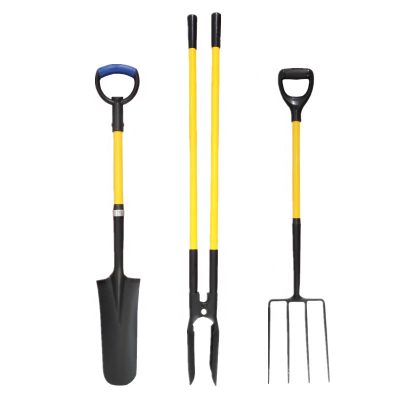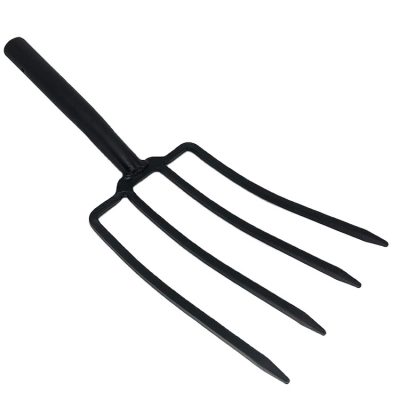Winterizing your lawn mower is an essential maintenance task to ensure its proper functioning and longevity during the colder months when you won’t be using it as frequently. Here’s a step-by-step guide on how to winterize your lawn mower:
- Clean the Mower: Before you start the winterization process, clean the mower thoroughly. Remove grass clippings, dirt, and debris from the mower deck, undercarriage, and other parts.
- Empty the Fuel Tank: Stale fuel can cause problems in your mower’s engine during storage. Run the mower until the fuel tank is nearly empty, or you can siphon the fuel out. Alternatively, you can use a fuel stabilizer to prevent the fuel from deteriorating over time.
- Run the Engine: Start the engine and let it run until it runs out of fuel. This ensures that there is minimal fuel left in the carburetor, reducing the risk of carburetor clogs.
- Remove the Spark Plug: Remove the spark plug wire and then the spark plug itself. Put a small amount (about a teaspoon) of engine oil into the spark plug hole, and then gently pull the starter cord a couple of times to distribute the oil inside the cylinder. This helps prevent rust and corrosion.
- Replace the Air Filter: Check the air filter and replace it if it’s dirty. A clean air filter will ensure proper air intake when you start the mower again in the spring.
- Change the Oil: If your mower’s oil is due for a change, now is a good time to do it. Fresh oil will protect the engine during storage. Refer to your mower’s manual for the appropriate oil type and change procedure.
- Check the Blades: If the mower blades are dull or damaged, consider sharpening them or having them sharpened by a professional. This will ensure efficient mowing when you use the mower again.
- Inspect and Lubricate: Check all moving parts for wear and tear. Lubricate the pivot points and other moving parts to prevent rust and ensure smooth operation.
- Store Properly: Store the mower in a dry, sheltered area such as a garage or a shed. If you’re storing it outside, use a waterproof cover to protect it from the elements.
- Prevent Critter Infestation: Mice and other small animals may seek shelter in your mower during winter. Place a fabric softener sheet or cotton balls soaked in peppermint oil near the engine to deter them.
- Keep it Elevated: If possible, elevate the mower slightly off the ground to prevent flat spots on the tires.
- Maintenance Records: Keep a record of the maintenance tasks you’ve performed, including oil changes, air filter replacements, and any repairs. This will help you keep track of your mower’s maintenance history.
By following these steps, you can ensure that your lawn mower remains in good condition during the winter months and is ready for reliable operation when spring arrives. Always refer to your mower’s manual for manufacturer-specific winterization recommendations.
























